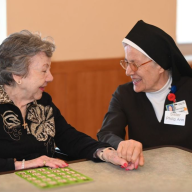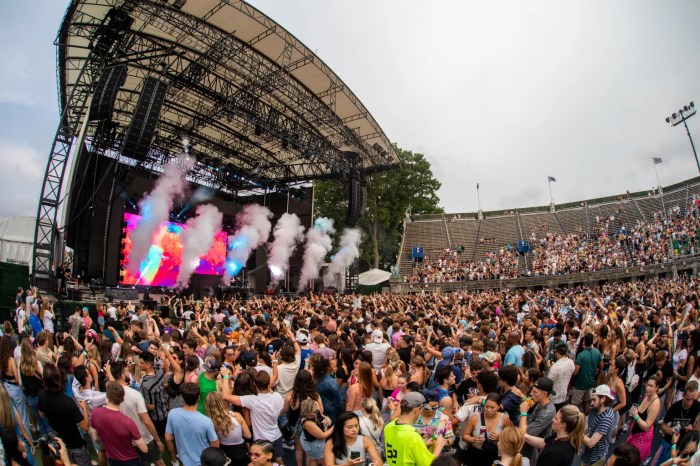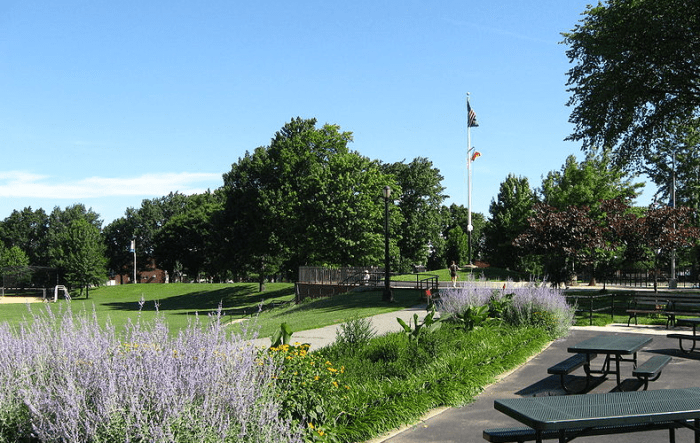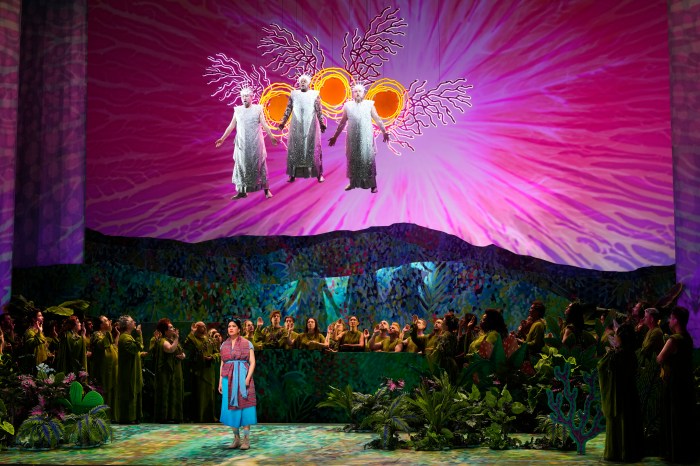Pens New Book Foucused On Neighborhood History
Local author Ralph Brady celebrated the publication of his newest book “Glendale” with a special book signing at Glendale’s own Finback Brewery on Dec. 5.
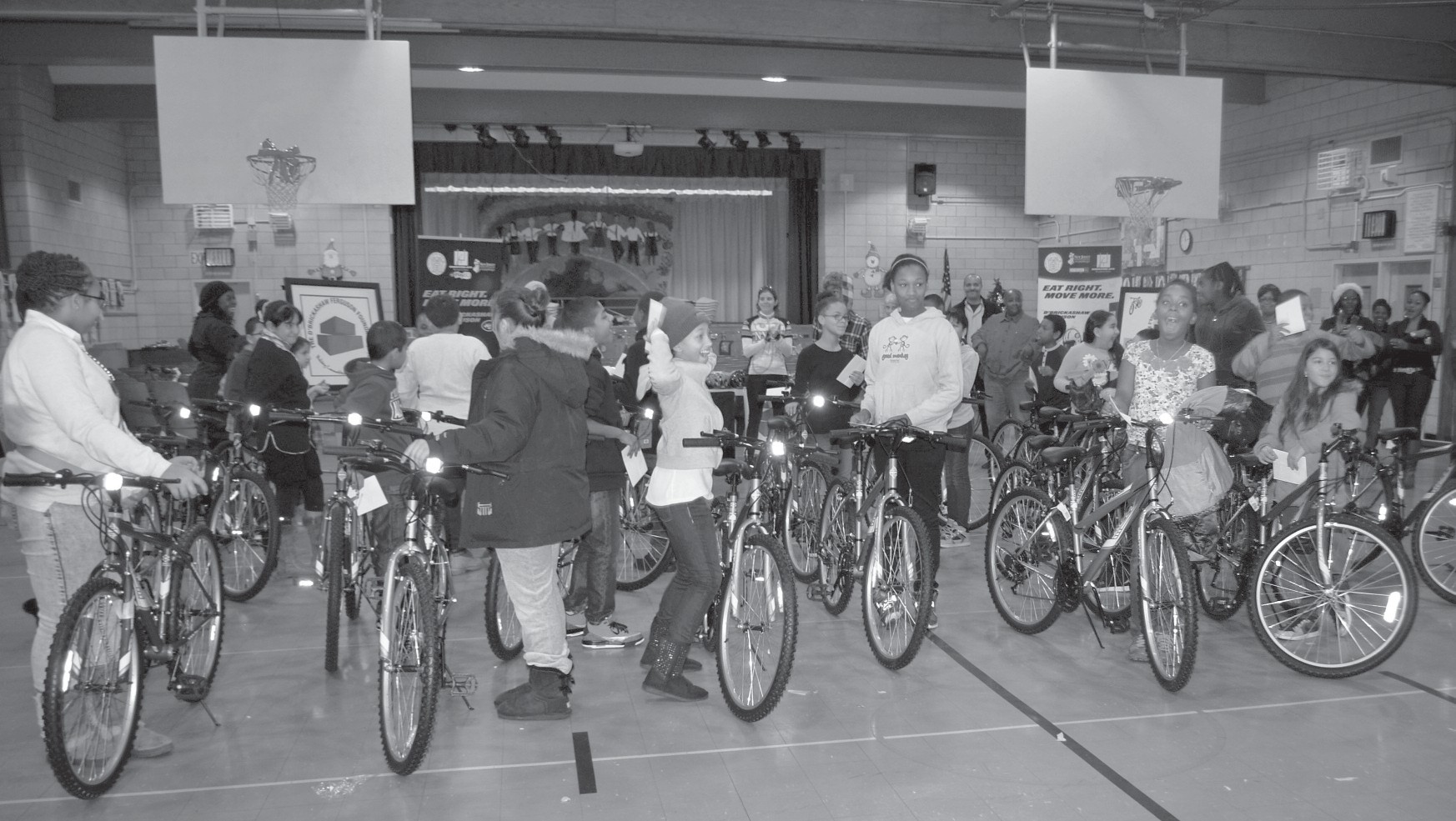
Residents, history buffs and beer enthusiasts alike flocked to the brewery’s tasting room to meet the Glendale native and purchase a copy of his muchanticipated book.
Brady’s photo narrative Glendale is part of Arcadia Publishing’s “Images of America” series dedicated to exploring the history of America’s small towns and neighborhoods through photographs and mementos.
The 2012 publication “Landmarks and Historical Sites of Long Island” was Brady’s first foray as an author.
“When I retired, I started looking for things to do to fill my days,” he explained. “I decided to pursue a life-long dream of becoming an author.”
Brady’s first book took readers on a virtual journey throughout the twin forks. It included historical pit stops such as Theodore Roosevelt’s Oyster Bay Sagamore Hill estate, or the “Summer White House,” as it came to be known. He followed the success of his first publication with “Borrowed Time,” a fictional tale of a cancer-stricken Long Island boatyard worker who travels through time to work along side his grandfather in 1899 Greenport.
When Brady began to shift his focus back to Glendale, he quickly discovered a great lack of information chronicling the history of his beloved hometown.
“A couple of people that I know who are originally from Glendale as I am, asked me why there was no book about Glendale,” he explained. “I thought there had to be and did some checking, but all that I found was an almost 40 year old book that book really didn’t do justice to Glendale. I grew up here and when I realized that there was no recent book about the town, I decided to be the one to remedy that.”
Brady began the arduous task of acquiring photographs and historical facts about the neighborhood.
“The first place that I turned to for help in doing all of this was the Greater Ridgewood Historical Society,” he explained. “With their help and access to their photo archives, I was able to begin the project.”
Brady also credits the Queens Library and Queens Historical Society, as well as neighborhood family and friends, with helping him to secure additional photographs of Glendale’s past.
During his research, Brady was disappointed to discover that photographs of Glendale landmarks such as the old Belvedere and Acme theaters, Von Westerhagen’s restaurant, Gebhardt’s restaurant and many of the other local businesses from his childhood were unavailable.
“I had to take a bunch of my own photos to include some of these places in the book,” he added. “I hope that the mix of old and new gives the overall picture of Glendale that I wanted to present.”
Exploring Glendale’s roots
In Brady’s Glendale, readers are treated to a brief history of the neighborhood, beginning with its earliest days as a rich woodland hunting ground for the nearby Rockaway tribe.
The 17th century brought early Dutch and English settlers to Glendale, then known as Newtown. The area encompassing Maspeth, Middle Village, Ridgewood and Glendale became known as “Greater Ridgewood” shortly after the American Revolutionary War.
According to Brady, developer George Schott gave Glendale its name back in 1860 after he was awarded the land as a debt settlement.
Brady follows Glendale’s rise from rural farmland populated by German immigrants of the 18th century to Manhattan’s default graveyard in the 19th century and on to its present-day role as a bustling industrial and retail enclave. Some of the earlier photographs in Glendale date as far back as the late-1800’s and depict pastoral homesteads of the former rural farming community.
Early photos of the first row houses, businesses and Long Island Rail Road stations chronicle Glendale’s evolution from a sleepy agricultural village into a bustling small town at the turn of the century. Photographs of hardware stores, butcher shops, markets and saloons depict some of the area’s first entrepreneurs.
Points of interest
The book also explores the construction of well-known landmarks, houses of worship, transit systems and roadways. Portraits of pre-war lumber companies, textile factories and coal processing plants highlight Glendale’s rich manufacturing past.
It was this connection to the neighborhood’s industrial legacy that led Brady to Finback Brewery.
“Ridgewood and Glendale have a time-honored tradition of brewing beer and enjoying it in taverns and beer gardens, but the brewing part of that was lost in the days of Prohibition,” he explained, “Now, with the opening of Finback Brewery, that tradition has been brought back to life.”
A special section of the book is devoted to dining and recreation. It features many photographs of beloved local eateries, including a mid-century view of the dining room at Durow’s restaurant. Brady also reminisces about the early days of the famed Glendale Diner, originally known as Bob’s Diner in the 1940’s, and includes a photograph of the eatery’s original streamlined stainless steel exterior and neon signs.
In the “Just for Fun” section of the book, readers can explore traditions and celebrations throughout the decades, including Myrtle Avenue’s German- American Steuben Day Parade. The author’s personal photos depict neighborhood teens in the 1950’s enjoying local summertime traditions, such as hanging out on each other’s stoops or dancing in backyards and garages.
Readers are also treated to fun pop cultural facts, such as the location of the Cooper Avenue home that was used as the exterior of Archie Bunker’s house in the iconic 1970s Norman Lear sitcom All in the Family.
The personal connection
Brady’s own Glendale upbringing greatly inspired his desire to curate this photographic tribute to the neighborhood.
“I was born in Glendale and lived here until I went into the Army,” he explained. “I was an altar boy at St. Pancras Church, a drummer in the St. Pancras marching band and a proud member of Boy Scout Troop 383. Glendale will always be a part of me.”
Brady thanked Finback Brewery’s founders Basil Lee and Kevin Stafford for their support and praised them for their role in Glendale’s rebirth and future legacy.
“Thank you Basil and Kevin for giving me this opportunity to talk about my book and for all that you are doing to become a vital part of the Glendale community,” Brady exclaimed, “A hundred years from now, when someone is writing a new history of Glendale— if people still write books then—that author is going to list this very place as a historic site, and note that it was here that the Glendale/ Ridgewood tradition of brewing beer was reborn.”









